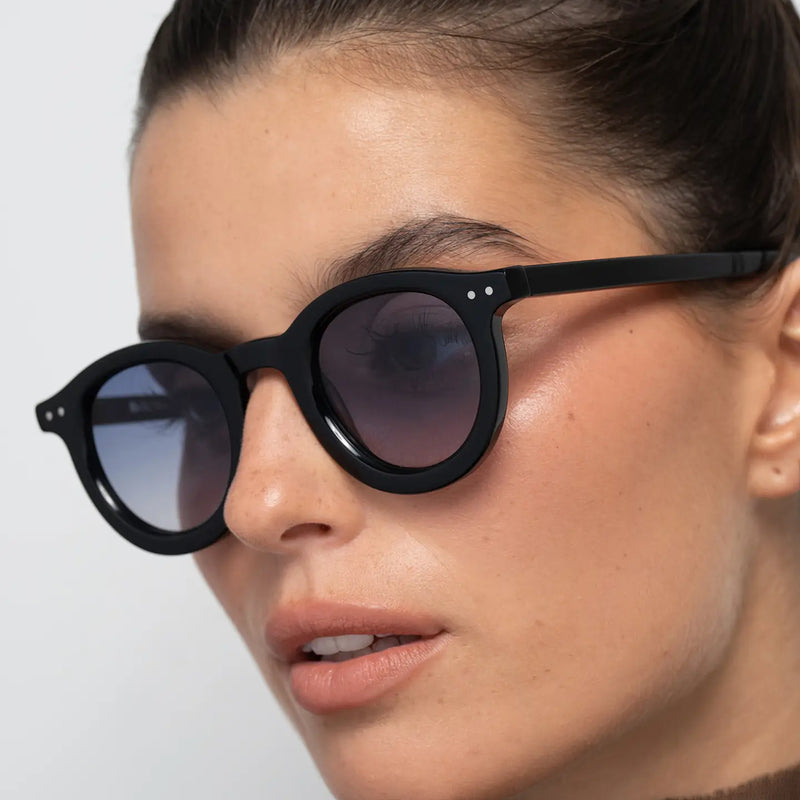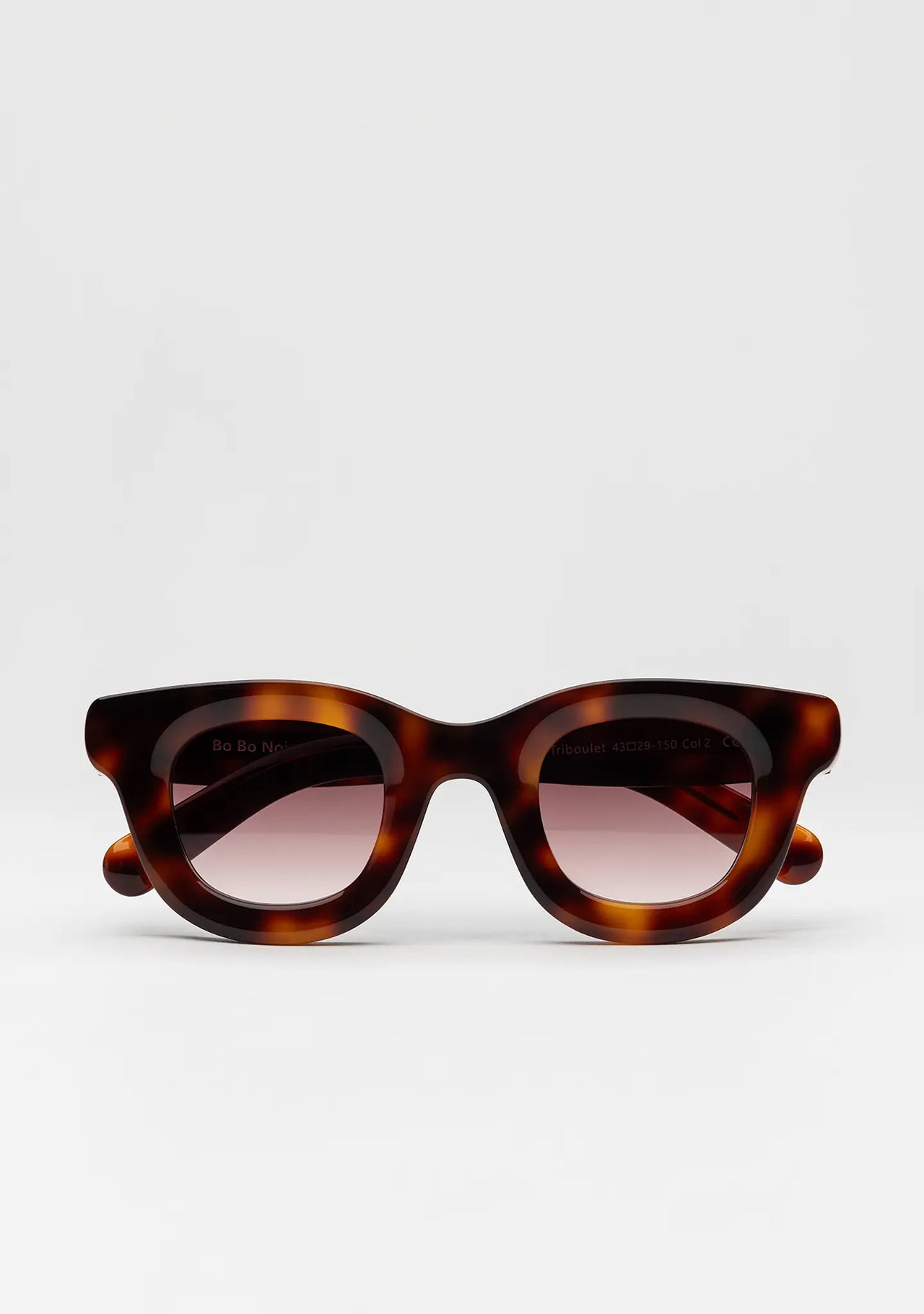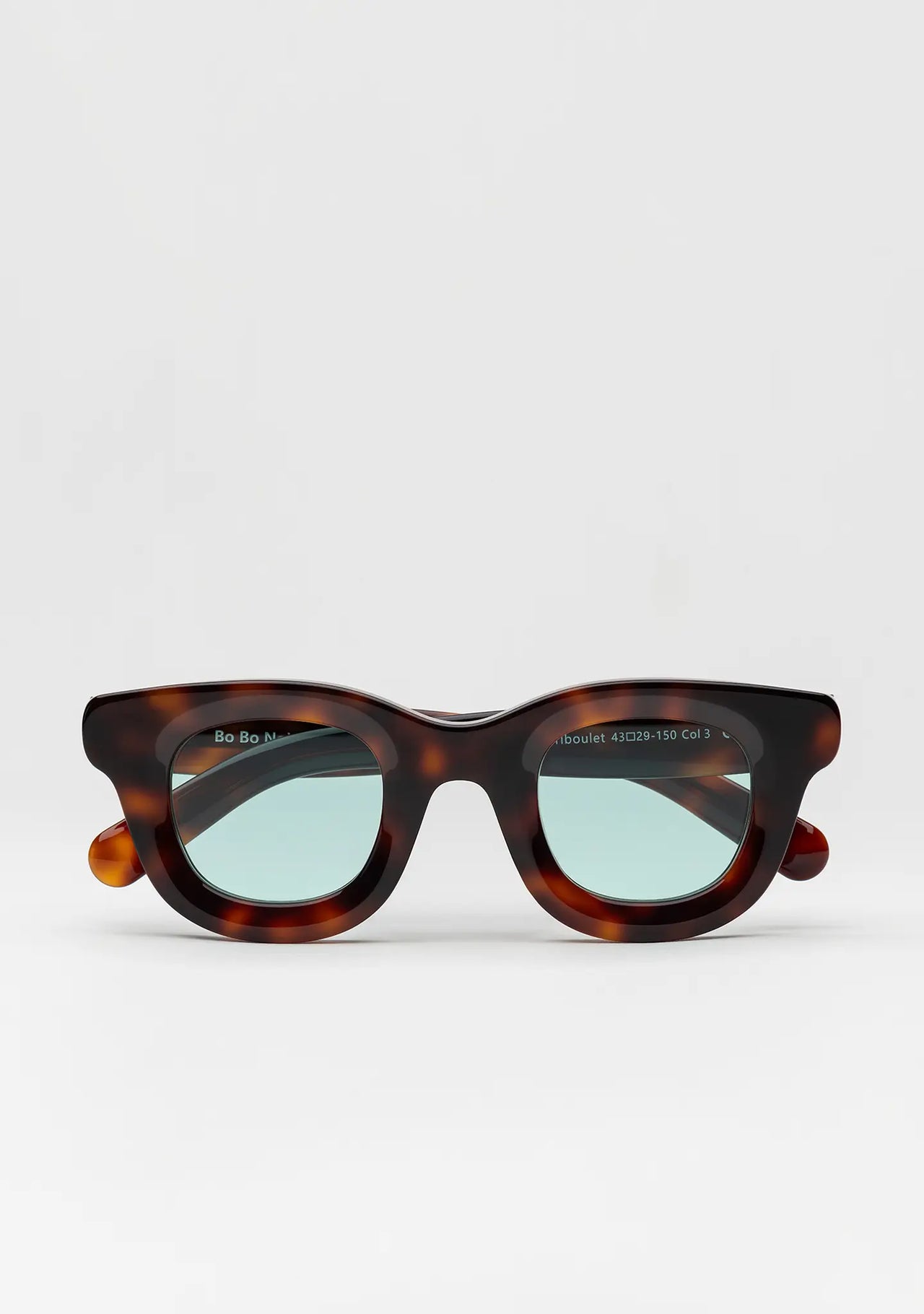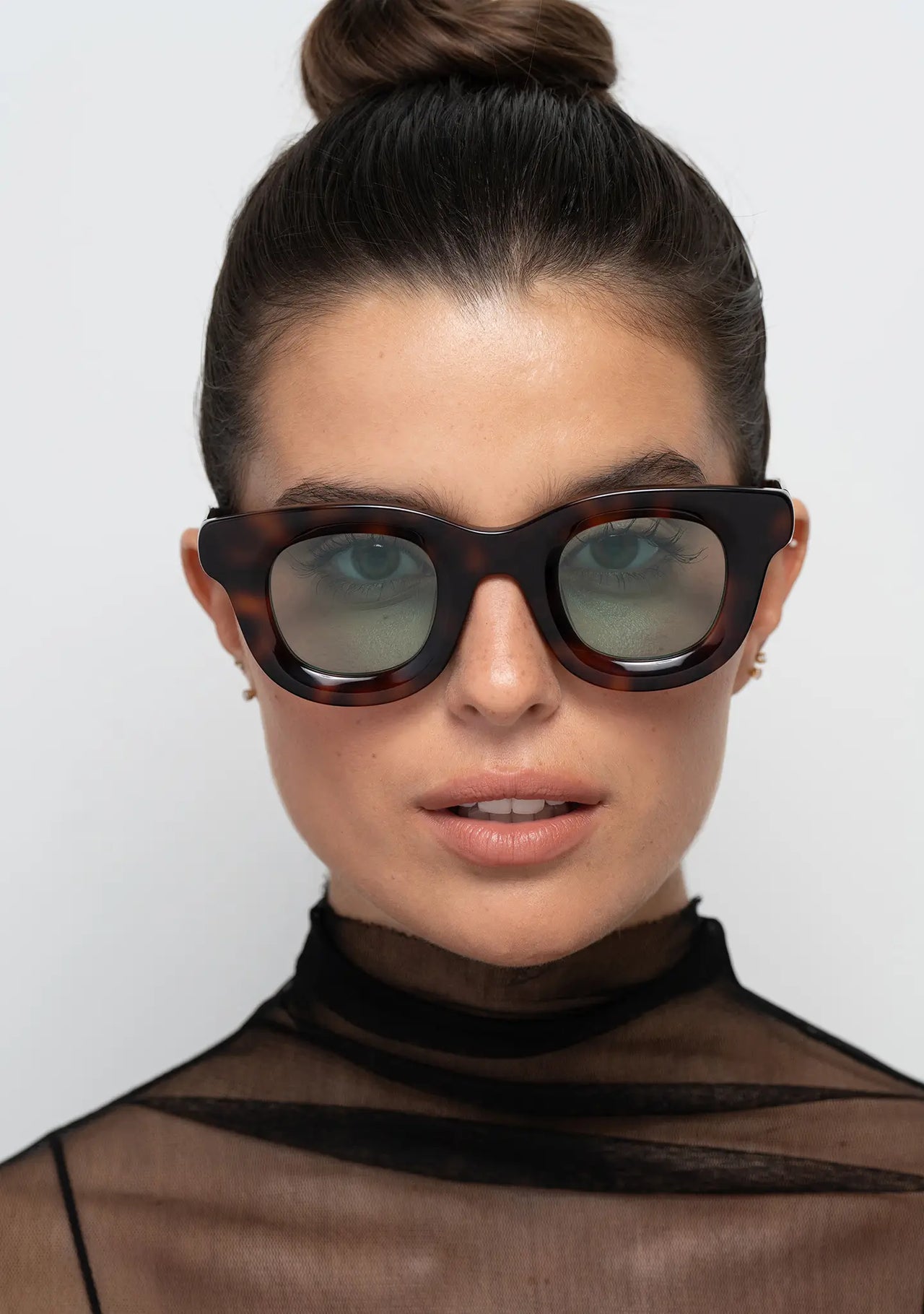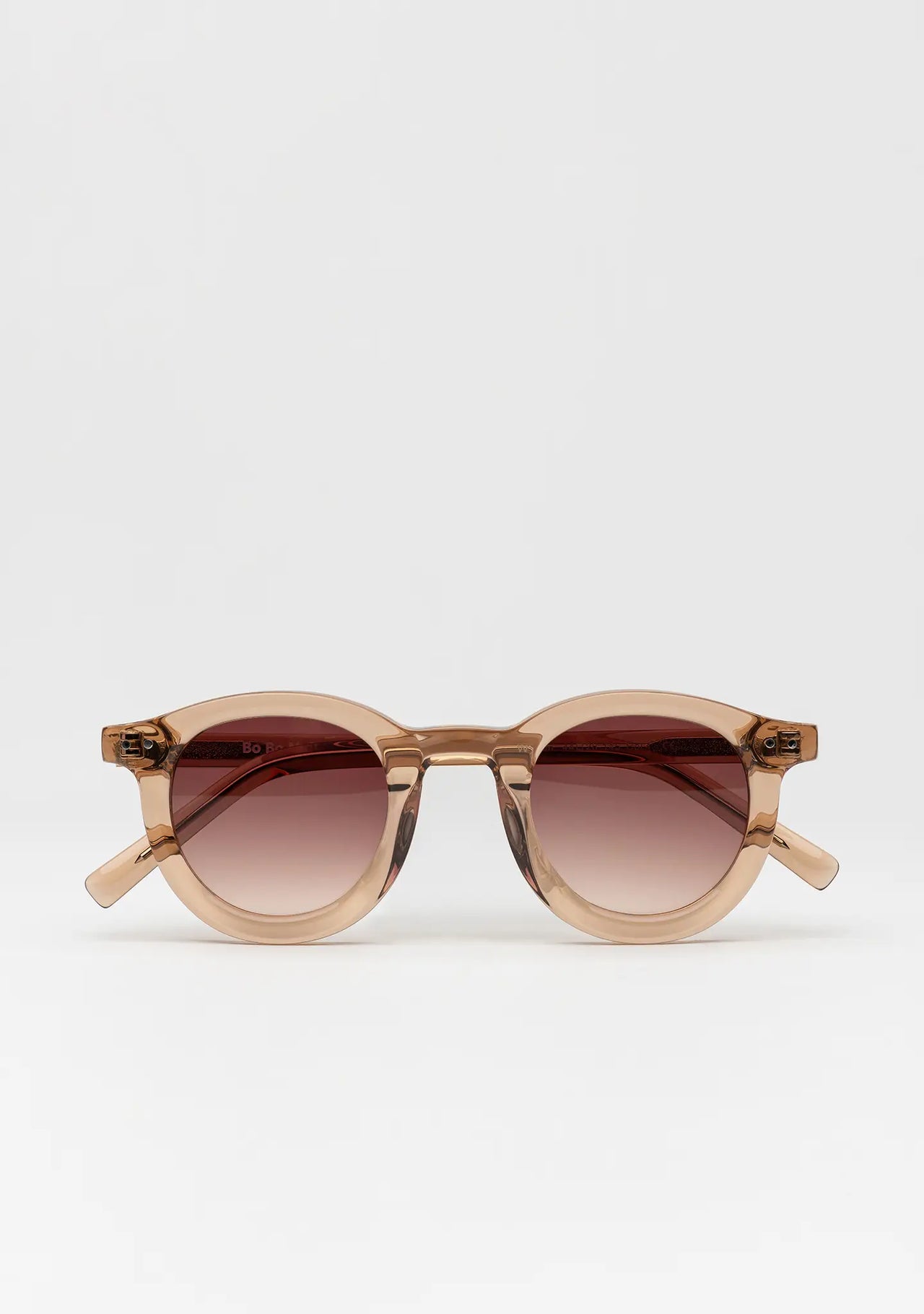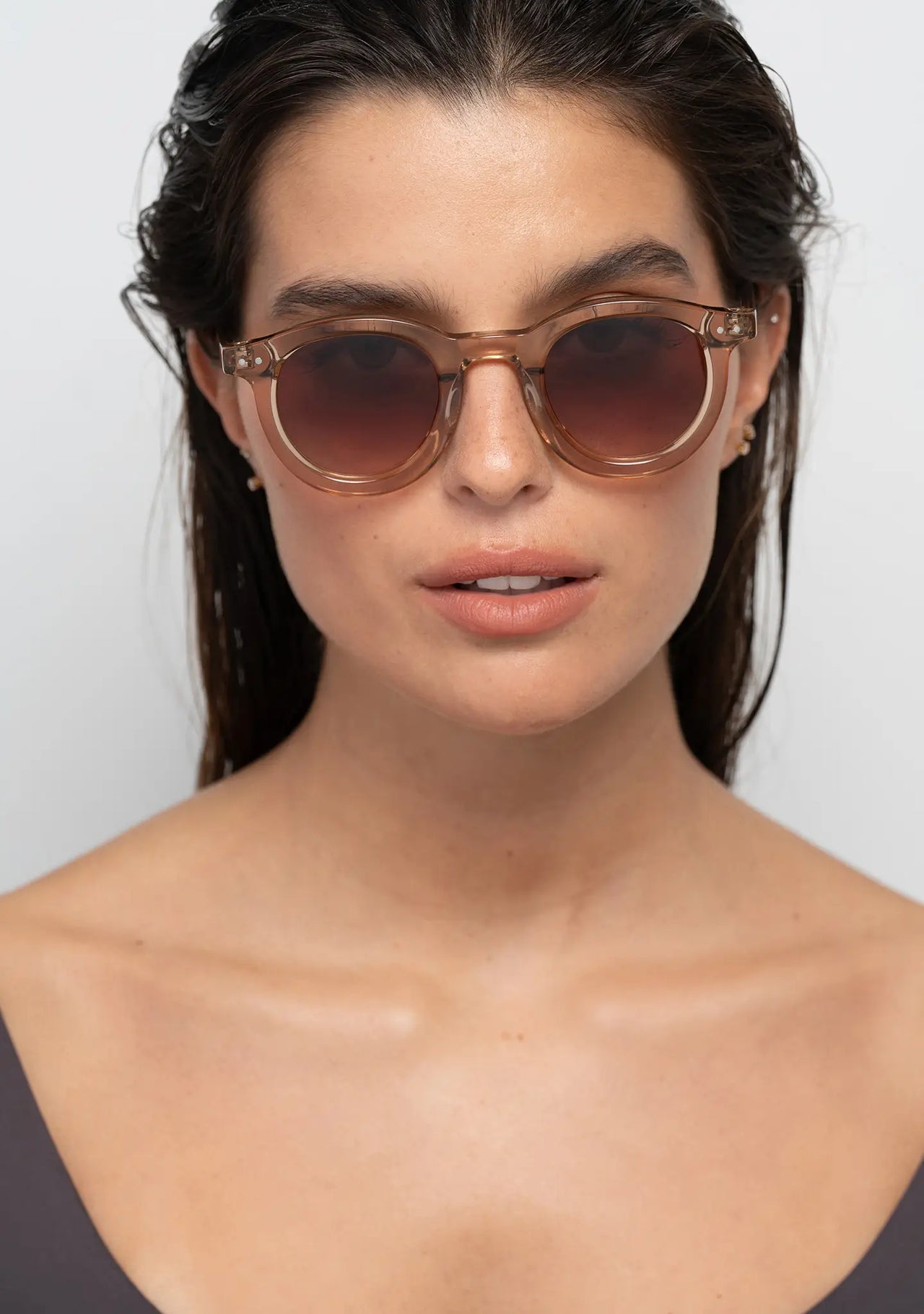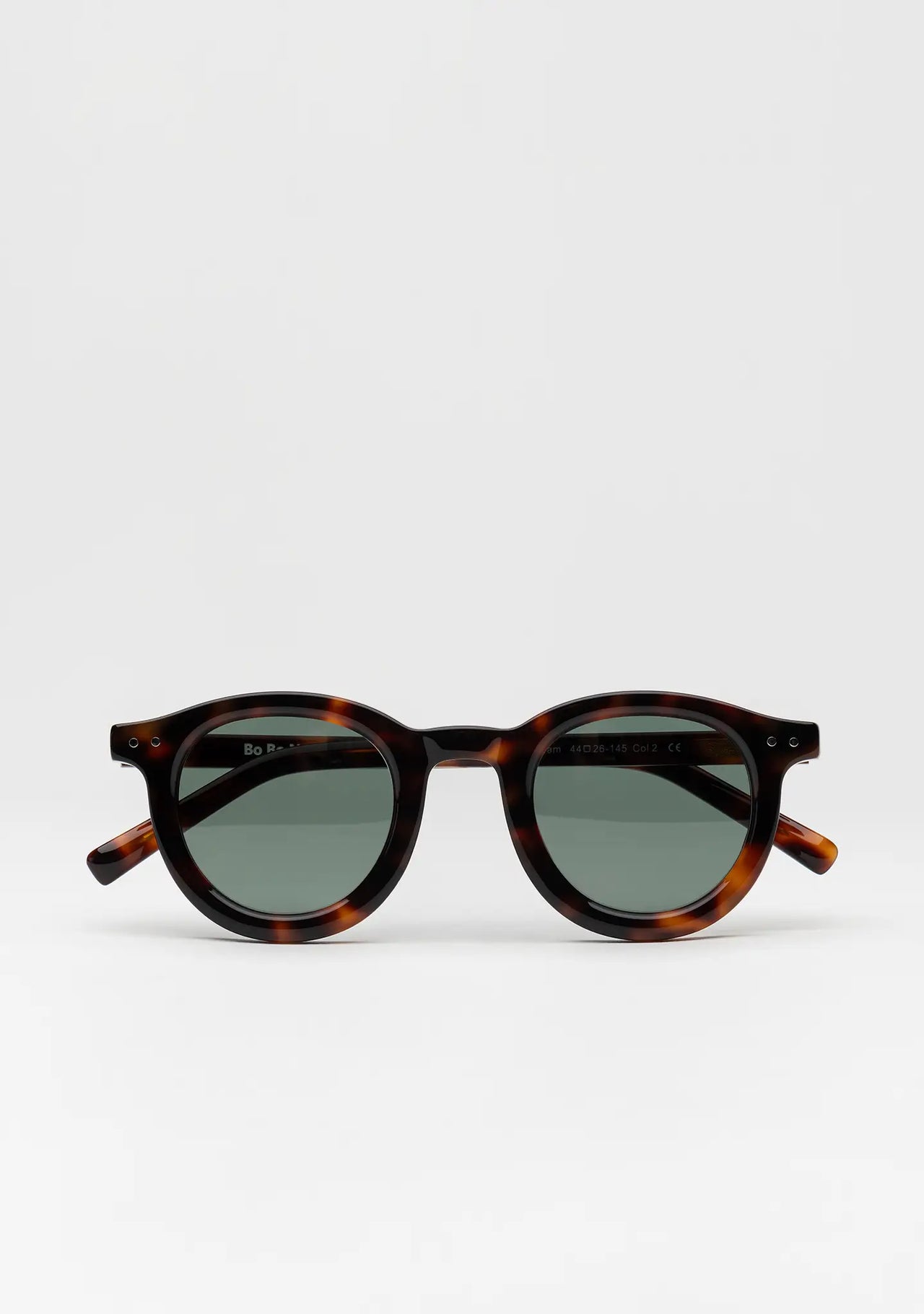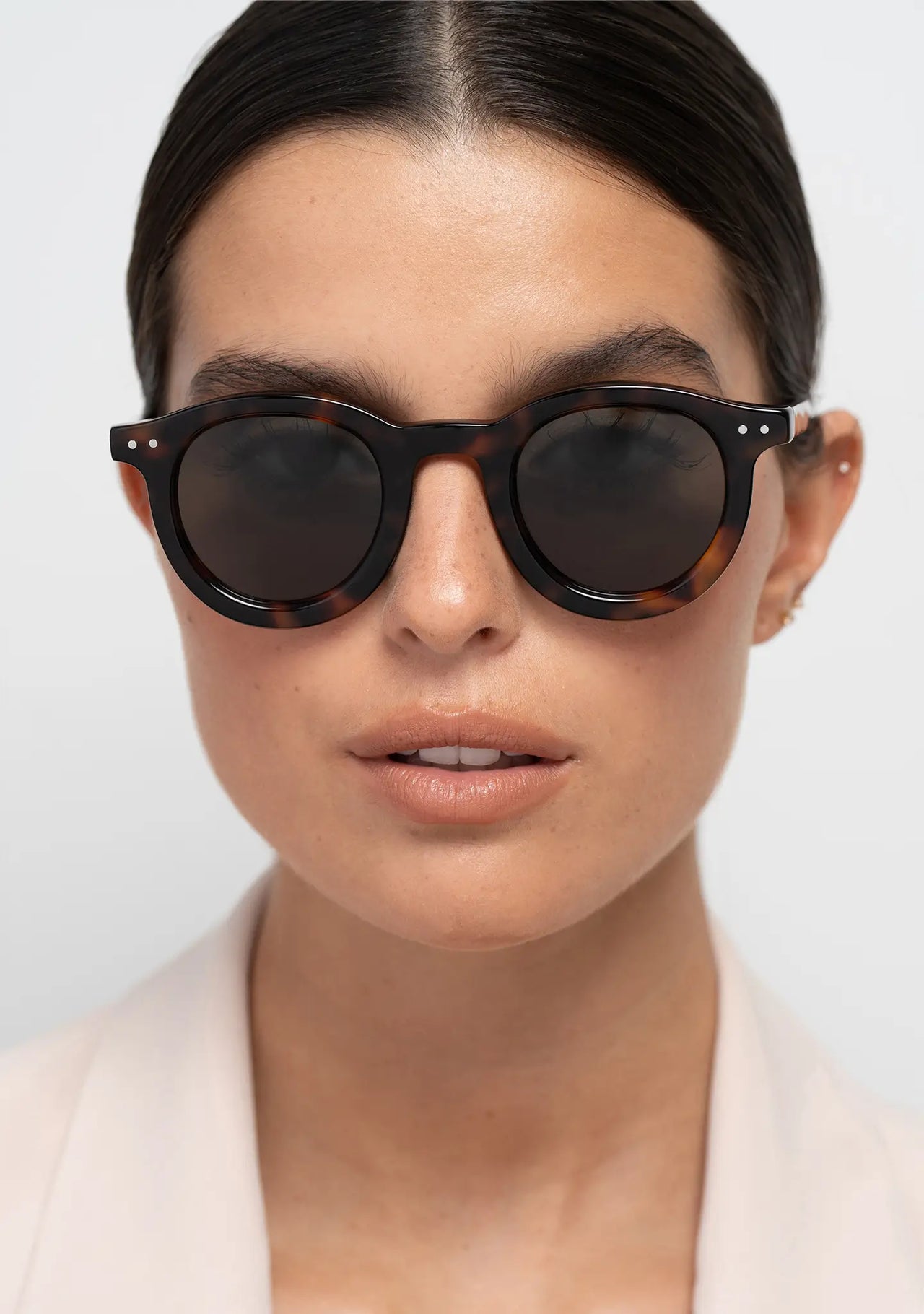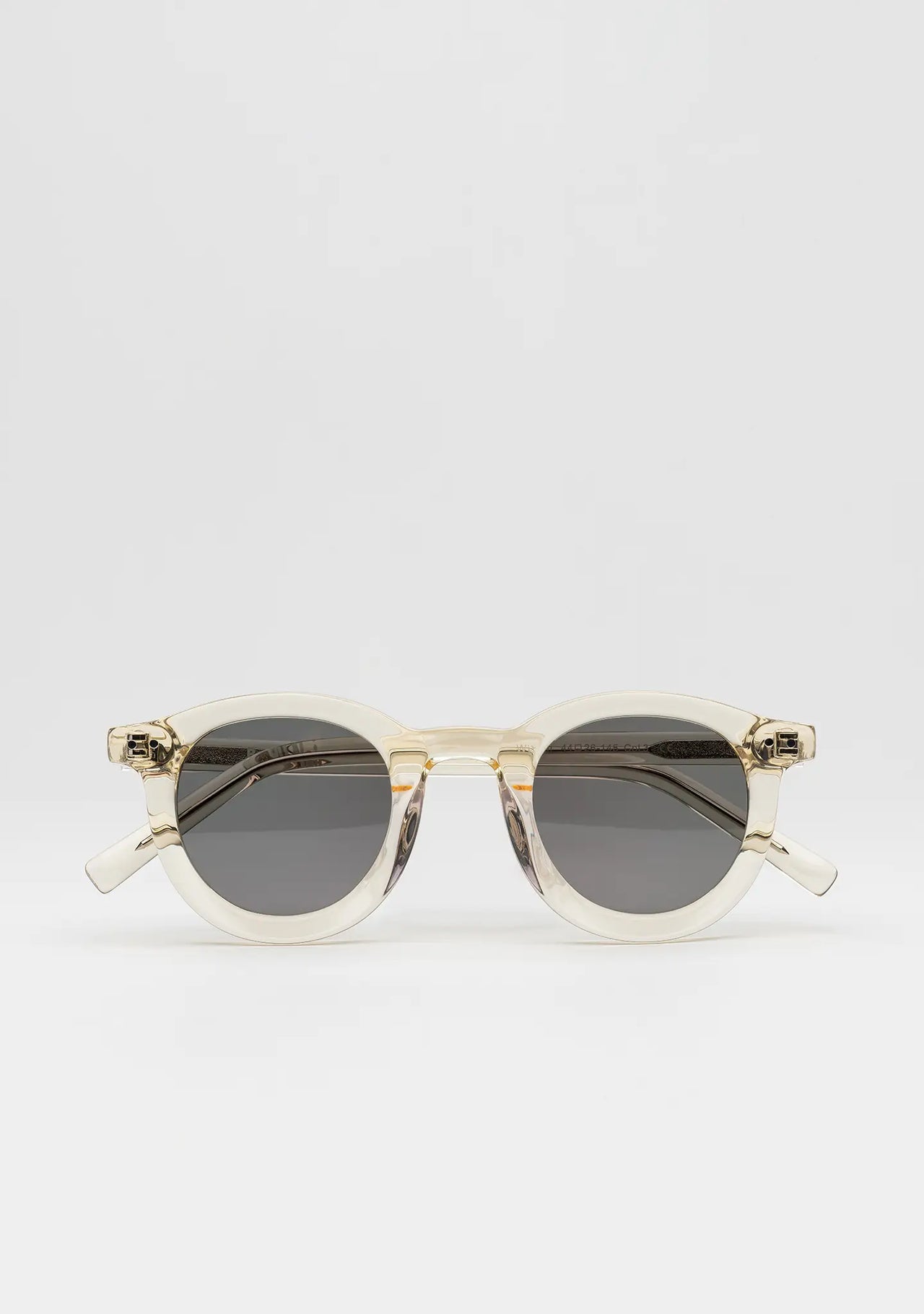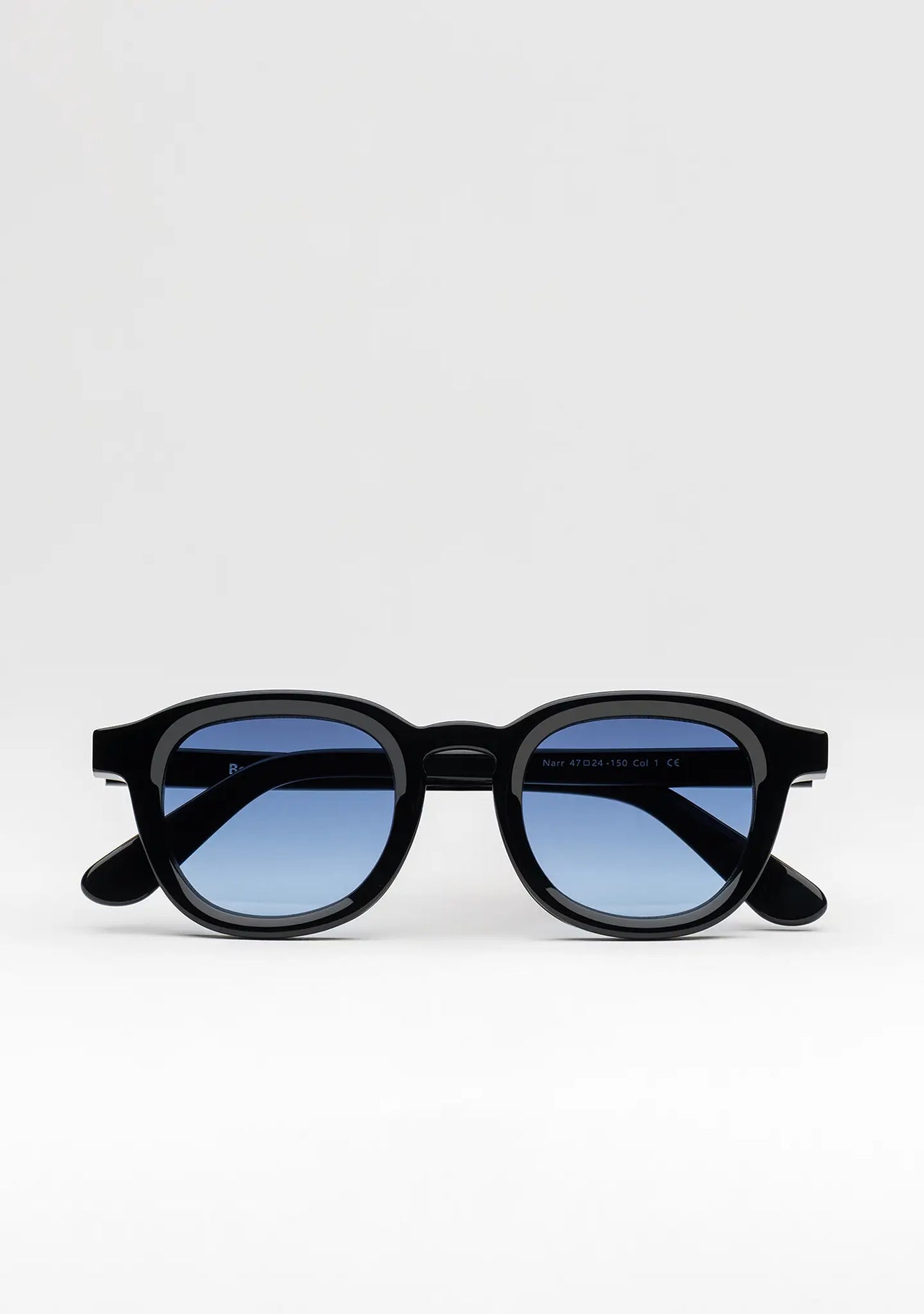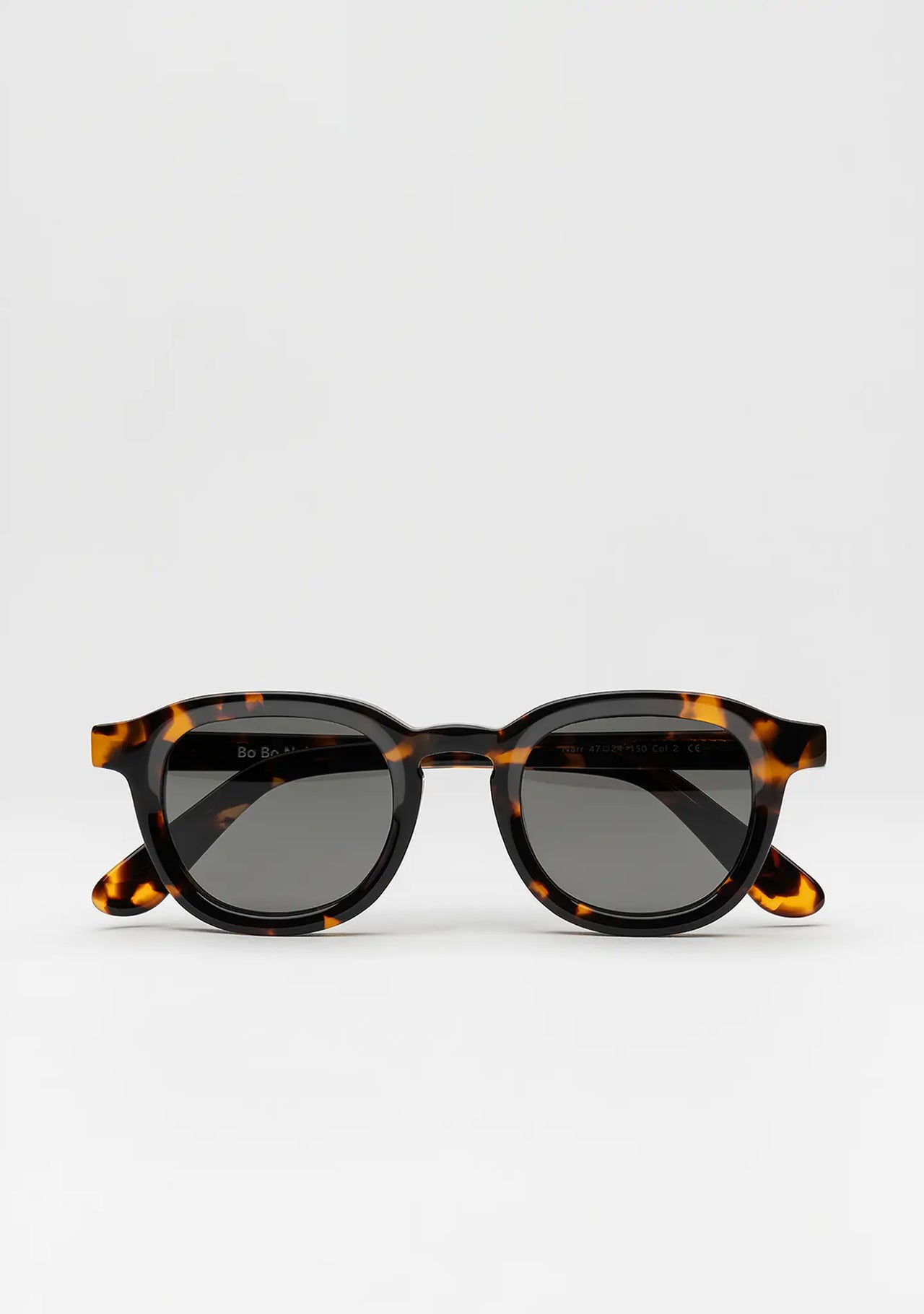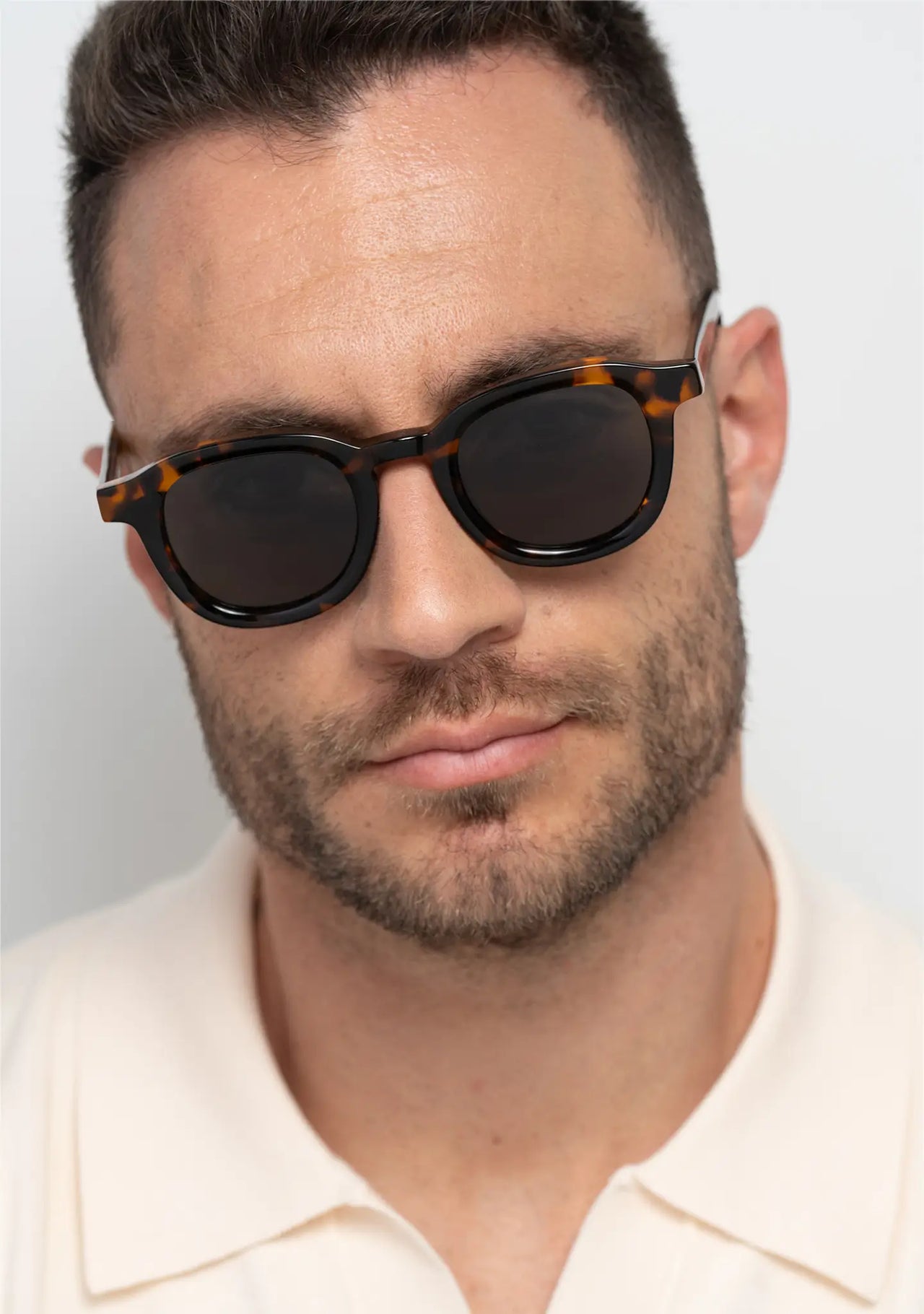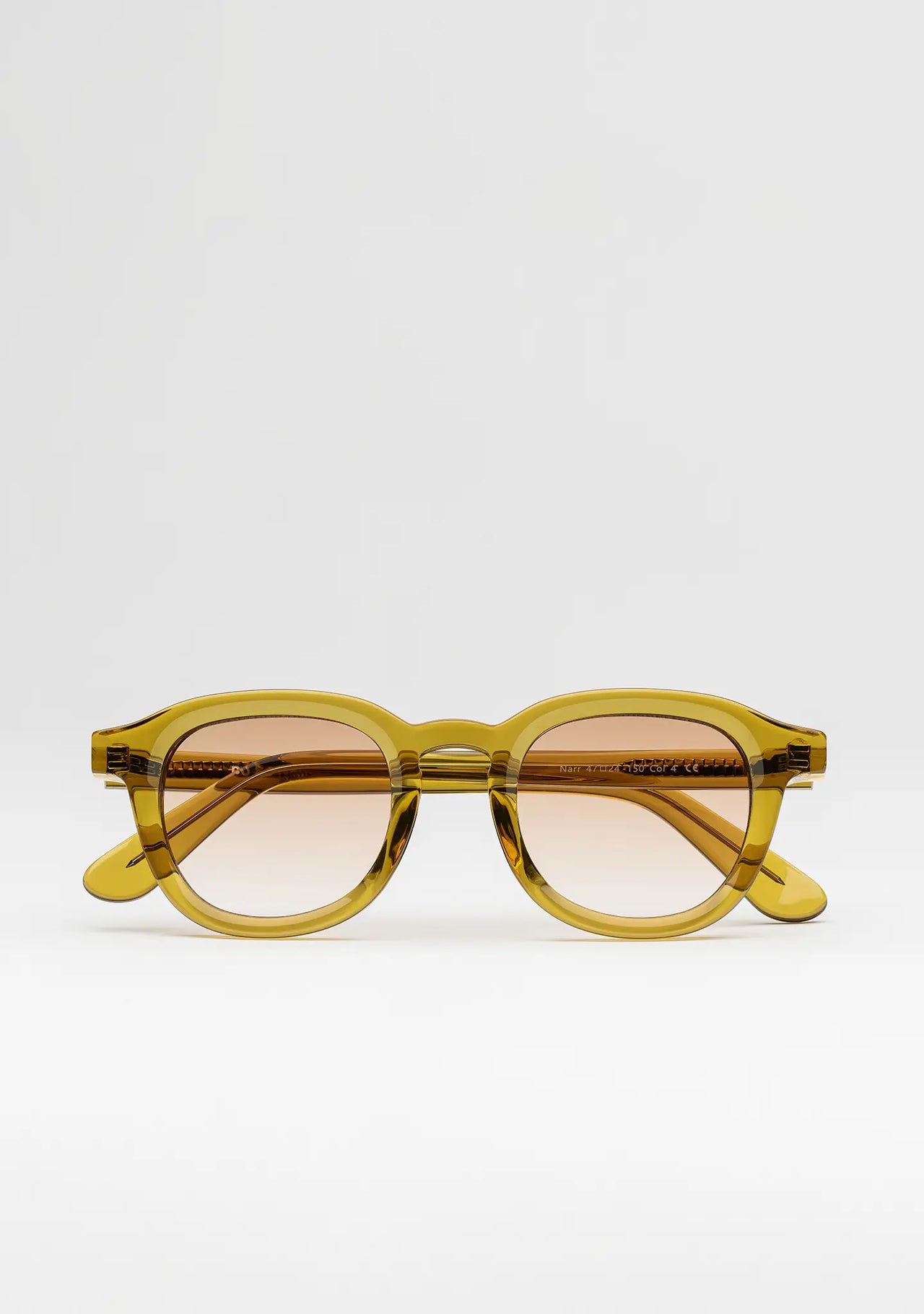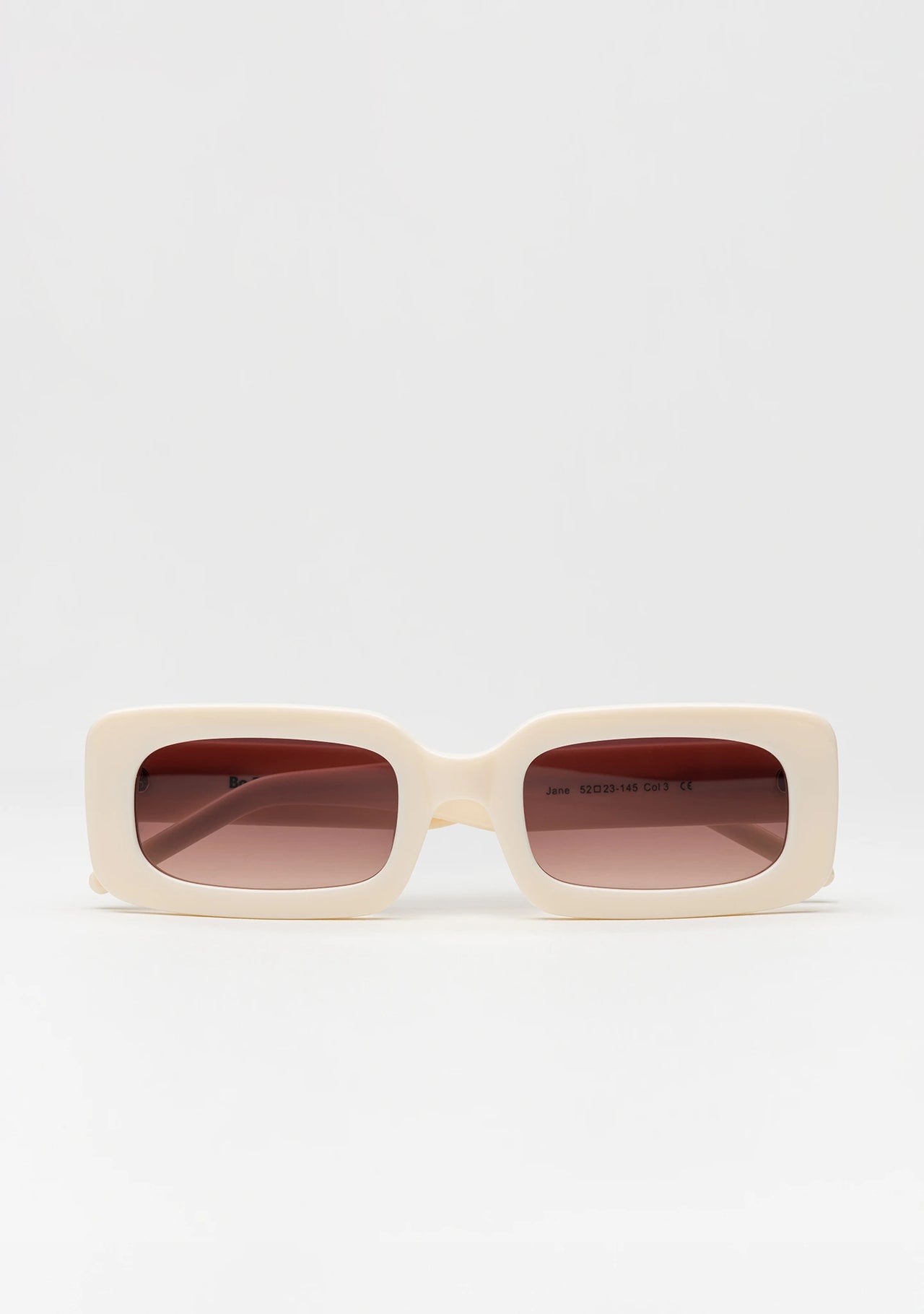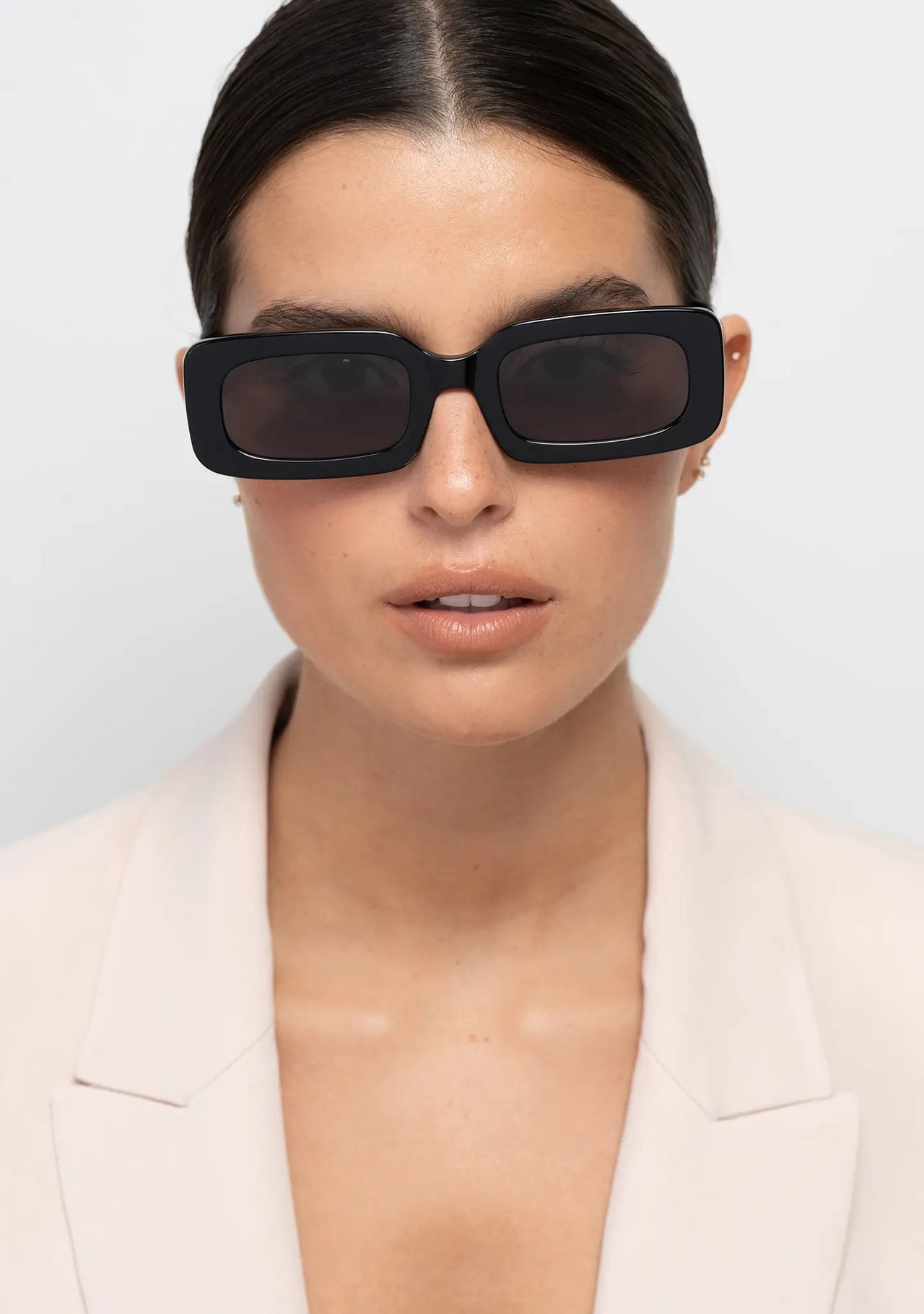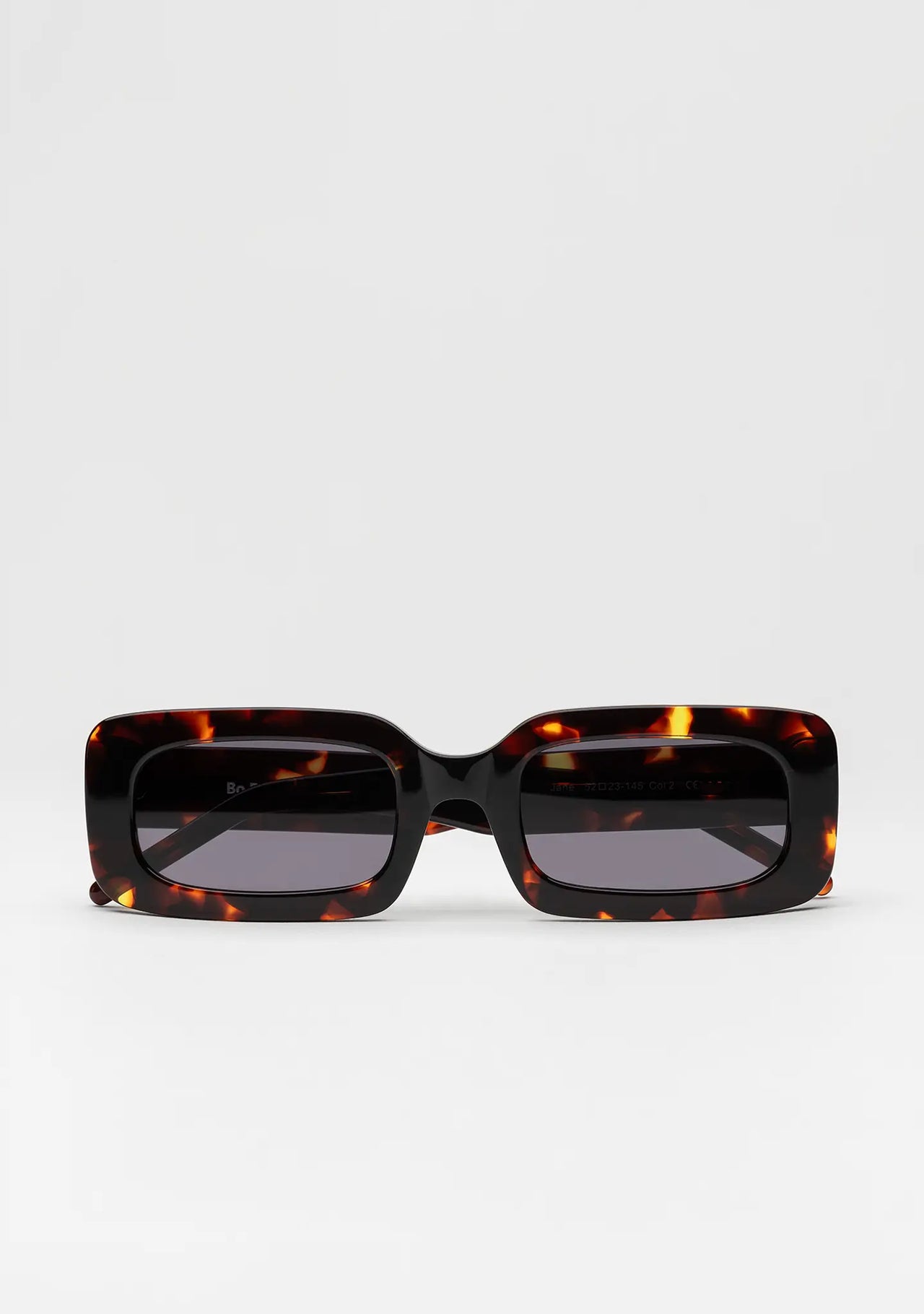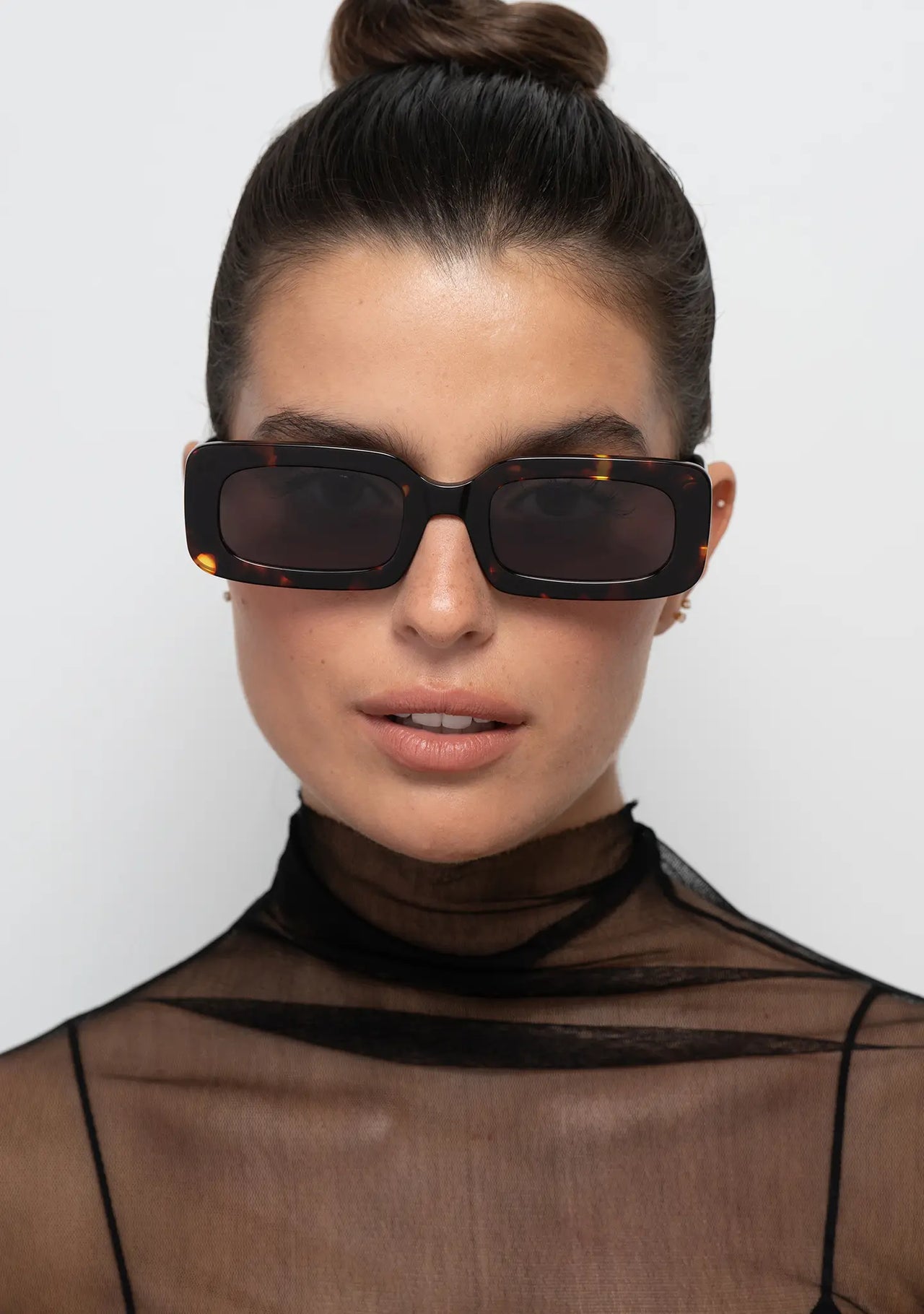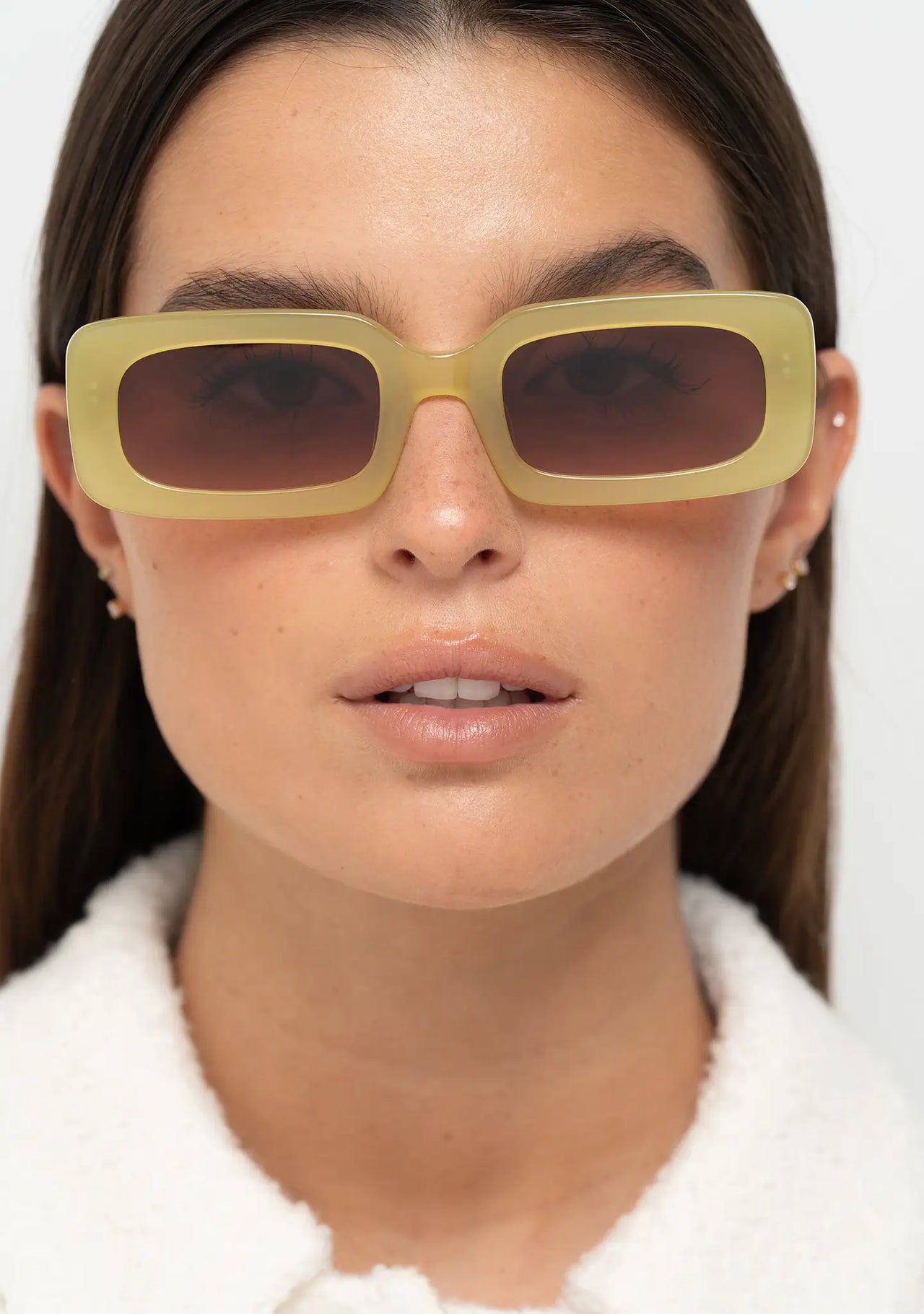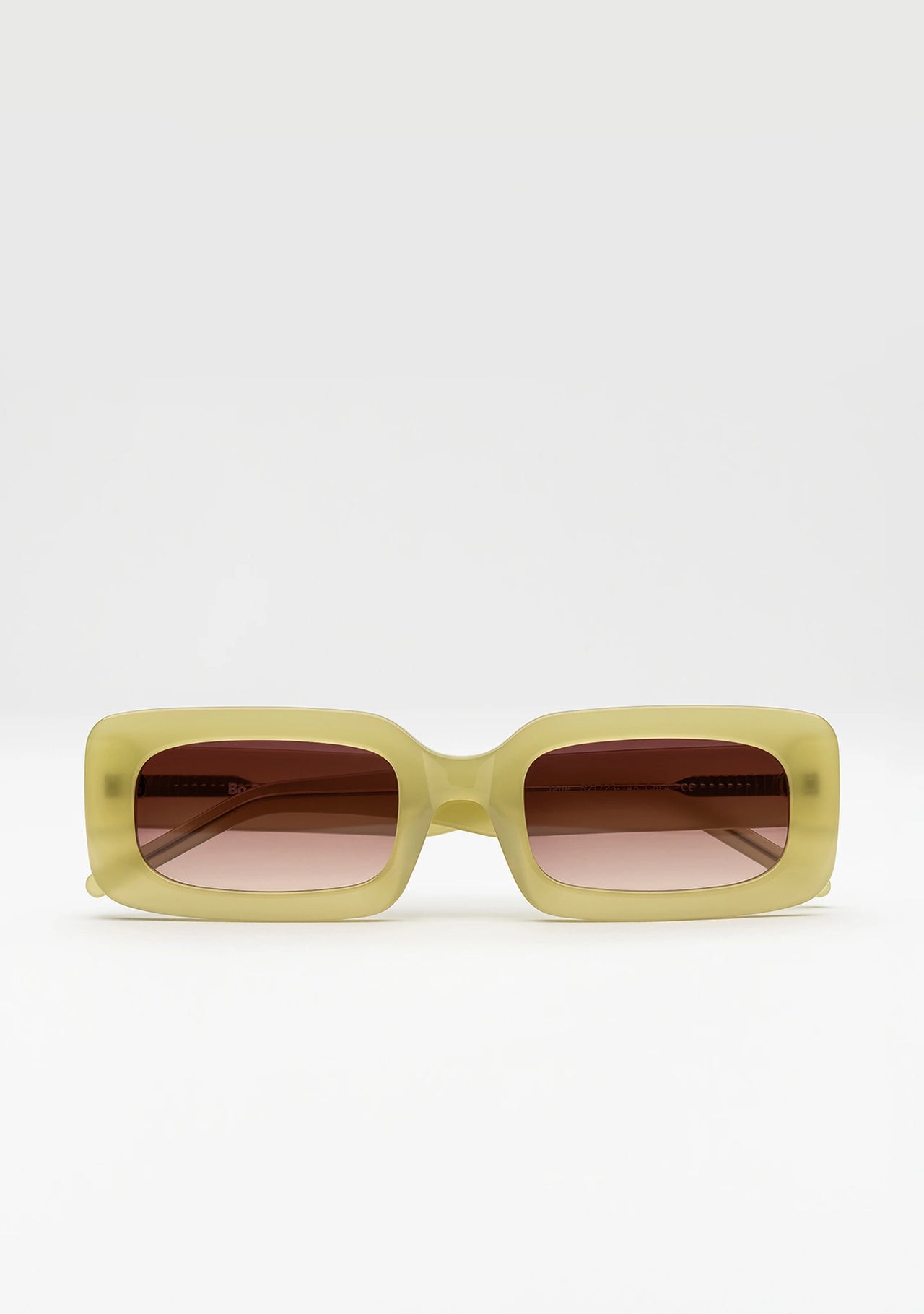We’ve all asked it at some point: why do sunglasses cost so much? A question whispered between curiosity and doubt, especially when two pairs look almost identical, yet one carries a price that seems to double the other. The truth is simple but layered. Quality eyewear isn’t just an accessory; it’s a piece of optical design where material science, visual comfort, and precision engineering quietly meet aesthetics.
The myth of the logo
Let’s start with what doesn’t define value. Price doesn’t automatically equal prestige. It’s not the logo that dictates quality; it’s what you don’t immediately see, the clarity of the lenses, the feel of the acetate, the geometry of fit. Many brands rely on image to justify a number, but true design earns its worth through consistency and purpose, not surface.
At Bo Bo Noir, the frame is not a statement of luxury. It’s a study of intention, how shape, light, and proportion can coexist in something that feels natural to wear. That’s where real value begins: in the absence of excess.

1. The unseen world of materials
Most mass-market sunglasses use injection-molded plastic, light, cheap and easy to produce. The difference between that and premium acetate is profound. Acetate is not poured into a mold; it’s cut, shaped and polished from solid sheets of cellulose, a plant-based compound that holds color, depth and memory. That’s why when you wear a quality frame, it feels substantial yet comfortable, it adapts to temperature and conforms to your face over time.
Each tone of acetate has its own character. Transparent crystals capture light differently than tortoise patterns or glossy black surfaces. The polish reveals dimension rather than shine, allowing light to move through the frame instead of sitting on it. That interaction between density and transparency is part of what makes expensive sunglasses feel alive — they respond to light, not just reflect it.
2. Lenses that protect and perform
Lenses are not all created equal. The cheapest versions are tinted plastic sheets with minimal UV coating. Premium eyewear, on the other hand, uses CR-39 or nylon lenses with full UV400 protection. These lenses filter 100% of UVA and UVB rays while maintaining optical clarity, meaning colors stay true, edges stay sharp, and eyes stay relaxed even after hours outdoors.
Another layer is coating. Anti-scratch, anti-reflective, and gradient tints are not decorative details — they’re engineered to manage how light enters the eye. The difference is immediate. With poor lenses, sunlight feels aggressive. With quality ones, it feels designed — softened, balanced and human.

3. Design: the architecture of comfort
Every frame is a micro-architecture of weight distribution. The way temples taper, how hinges resist, the curvature of the bridge — these define comfort more than any logo could. A well-designed frame fits not because it’s adjusted, but because it’s engineered to follow anatomy. That’s where design merges with science.
When a brand invests in geometry, millimeters of angle, curve, and pressure, it invests in longevity. Cheap frames fatigue you because they work against the human face. A well-proportioned design like the William or Triboulet distributes tension evenly, letting you forget you’re wearing them. Comfort becomes invisible luxury.
4. Finishing: where touch meets precision
Expensive doesn’t mean fragile. Premium eyewear undergoes multiple stages of refinement, from polishing edges to ensuring hinge alignment. Each hinge, screw, and temple tip must perform with silent precision. You notice it not when you put them on, but when you don’t have to adjust them throughout the day.
That’s the unspoken promise behind price: the time invested in getting invisible things right. What looks simple often hides the most engineering. True quality feels effortless because effort has already been spent perfecting proportion.
5. The real cost of consistency
Behind every durable frame is repetition. Consistency costs time, and time costs value. Producing frames that fit the same, open the same, and polish to the same shine across colors requires precision manufacturing. That’s why premium eyewear brands have higher production costs, they reject variability. The goal isn’t to make more; it’s to make right.
Bo Bo Noir’s collections are designed in Portugal with that mindset of proportion and calm discipline. The goal is not spectacle, but coherence, creating a product that behaves exactly as it looks: composed, intelligent and balanced.

6. Design direction and emotional value
Price also reflects something harder to quantify: creative direction. A frame is not just an optical tool; it’s a physical interpretation of a design philosophy. At Bo Bo Noir, every piece begins with proportion. The collection builds around geometry, not embellishment. Round, rectangular, panto — each silhouette has its own emotional tone, its own light behavior.
That’s what separates design from styling. A trend fades when context changes. A well-proportioned design endures because it understands human perception. That awareness — the dialogue between comfort and character — is what people truly pay for when they invest in good eyewear.
7. Comfort, longevity and sensory quality
Luxury doesn’t always live in sight — often, it lives in sensation. The smooth hinge motion. The weight that balances perfectly between temples and nose. The way lenses relax the eye in afternoon glare. Expensive sunglasses justify their cost through experience, not appearance. They don’t just protect your vision; they protect your attention from discomfort.
That kind of comfort has long-term value. The less you think about your sunglasses, the more they become part of your rhythm — driving, reading, traveling. It’s investment that multiplies in use, not in novelty.
8. The illusion of affordability
Cheaper doesn’t mean fairer. Disposable eyewear often ends up replaced multiple times a year. Frames loosen, lenses scratch, UV coatings fade. What seems economical becomes cumulative. Premium eyewear, when maintained properly, can last years with consistent clarity and fit. The cost per wear tells the real story.
That’s why asking why sunglasses are expensive is really asking how they’re made to last. In design, longevity is the most sustainable form of luxury — not overproduction, but endurance.

9. The Portuguese perspective on value
Bo Bo Noir’s roots are in Portuguese design — a culture that values discipline over display. Here, elegance comes from proportion, not ornament. The price of a frame reflects the process behind its precision. Every model is an interpretation of balance: between light and shadow, clarity and density, function and presence.
When you hold a Bo Bo Noir frame, you hold time — hours of refinement translated into stillness. The kind of stillness that defines Portuguese design identity: calm, structural, quietly bold.
10. The truth behind the price tag
Expensive sunglasses are rarely about extravagance. They’re about respect — for the eye, for design, for experience. They cost more because they deliver more than surface pleasure. They offer consistency, comfort, and visual trust. When you put on a frame that fits perfectly, filters light correctly, and lasts through years of wear, you understand what you’ve paid for.
In the end, expensive is relative. Value, however, is measurable — in how you see, how you feel, and how long that feeling lasts.
Explore eyewear built on proportion and clarity
Discover the philosophy of design-driven eyewear at Bo Bo Noir Sunglasses. Every model — from the William to the Triboulet — embodies a single promise: timeless proportion and lasting comfort.



